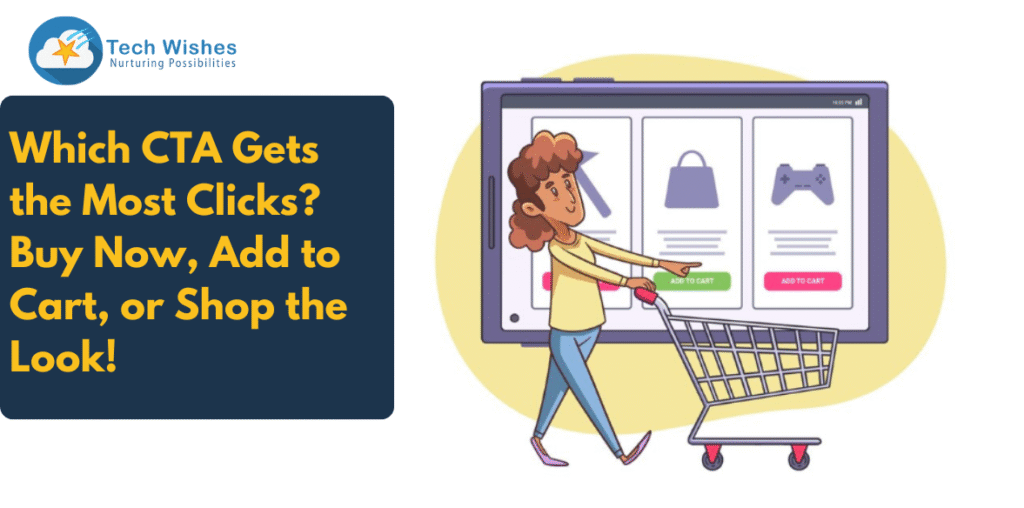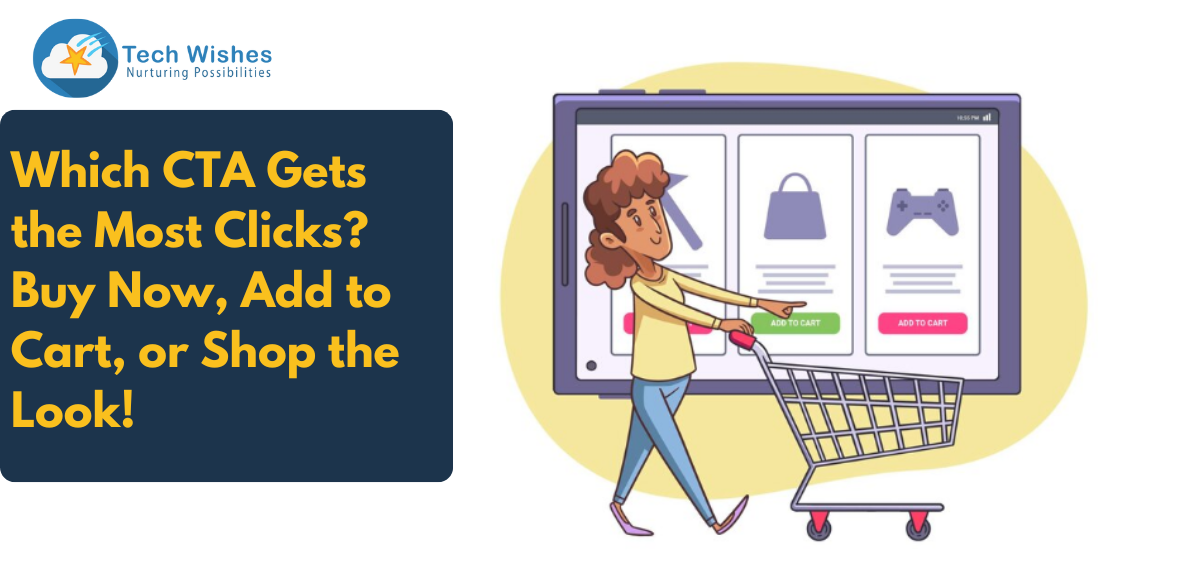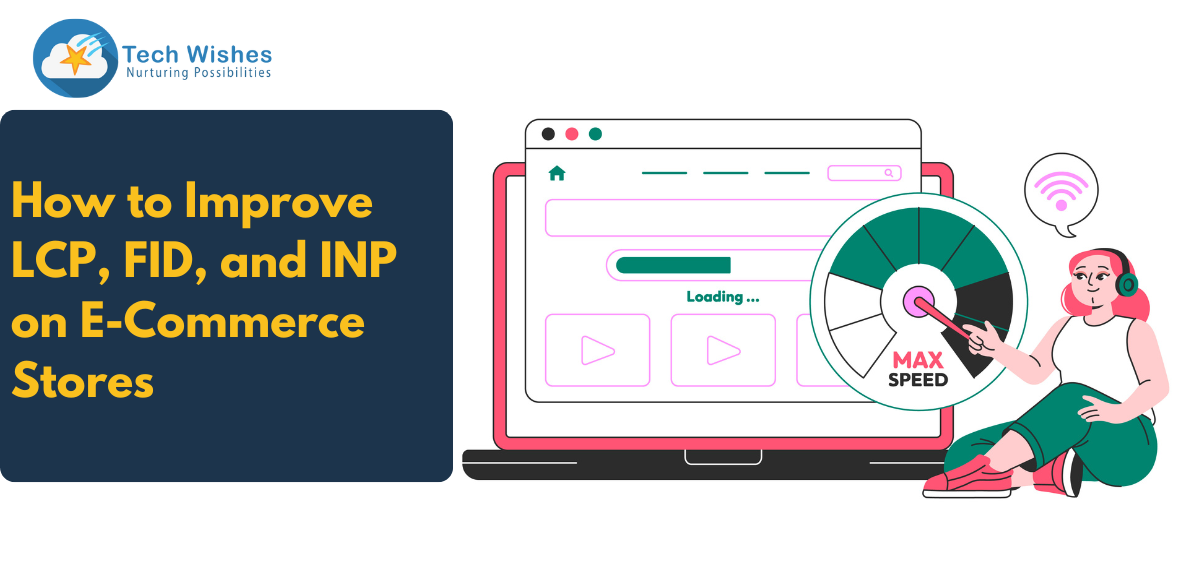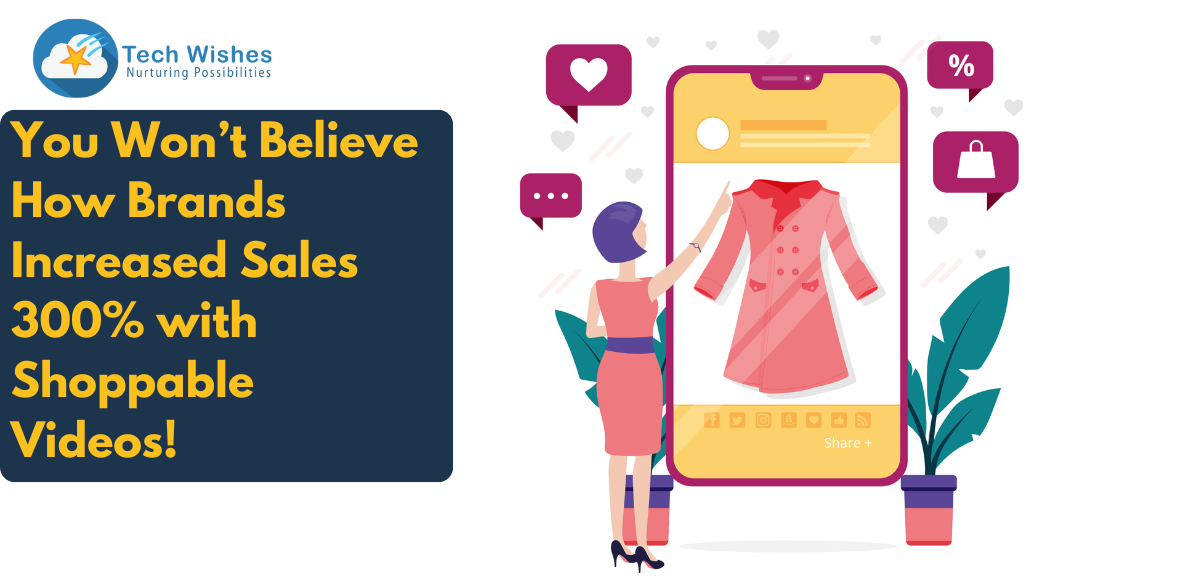Call-to-Actions (CTAS) are critical to every e-commerce store’s success. They are not just buttons—they are strategic prompts that guide users toward a specific action. Among the most common CTAS used across e-commerce platforms are: Buy Now, Add to Cart, and Shop the Look. But which of these CTAS performs best in terms of user engagement and conversion?
This article explores the role of these CTAS, the data behind their effectiveness, and how brands, especially those working with a leading website development company, can leverage them for better outcomes.
Understanding the Role of OCTASAS in E-Commerce
CTAS influences consumer behaviour at various stages of the shopping journey. Depending on the type of CTA, they can:
- Prompt an immediate purchase
- Encourage cart building and upselling.
- Inspire browsing and product discovery.y
Here’s a quick breakdown:
- Buy Now: Designed to drive immediate conversion.
- Add to Cart: Encourages decision-making but allows time for further consideration.
- Shop the Look: Common in fashion and lifestyle segments, this CTA is built for discovery and visual engagement.
When used appropriately, each CTA can significantly impact click-through rate (CTR), cart value, and overall conversion.
The Data Behind CTA Clicks
According to research by Wordstream and Salesforce, here’s how each CTA performs in various e-commerce environments:
| CTA Type | Average CTR | Conversion Tendency | Best Use Case |
| Buy Now | 2.7% | High-intent conversions | Flash sales, mobile-first shopping |
| Add to Cart | 3.1% | Moderate, delayed conversion | Longer sales funnels, considered purchases |
| Shop the Look | 1.9% | Inspirational engagement | Fashion, decor, bundled products |
It’s clear that while Add to Cart earns slightly higher CTR, Buy Now tends to convert faster due to the urgency it communicates. Shop the Look, while less direct in conversions, performs exceptionally well in visually driven retail.
Also Read: Top 10 Product Page Design Elements in 2025
Buyer Intent and CTA Mapping
Every shopper is at a different stage in their buying journey. Effective e-commerce websites tailor their CTAS to match user intent:
- Exploration Stage: “Shop the Look” or “Browse Collection”
- Consideration Stage: “Add to Cart” or “Save for Later”
- Decision Stage: “Buy Now” or “Check Out Today”
Working with a web development company experienced in user journey optimisation can help implement CTA logic that aligns with these stages, improving user experience and outcomes.
Mobile Optimisation Matters
Over 74% of e-commerce traffic now comes from mobile devices (Statista, 2024). CTAs on mobile must be designed with this behaviour in mind:
- Shorter decision-making paths favour “Buy Now”
- “Add to Cart” works best with simplified, intuitive navigation.
- “Shop the Look” must load quickly and display clearly to keep users engaged.
Mobile-first design is no longer optional. A reliable e-commerce website development team will prioritise mobile CTA performance during the design and development phases.
Design & Placement: Small Changes, Big Results
Beyond the wording of CTA, visual design, placement, and colour play significant roles in performance. For instance:
- CTA buttons placed above the fold perform 84% better (Nielsen Norman Group)
- Red and green CTA outperform other colours by up to 2%,% depending on the context.
- Sticky CTA on mobile increases engagement by over 40%
If you’re partnering with the best website development company, these design principles are baked into your platform’s front-end strategy.
The Importance of A/B Testing
Data-driven decisions outperform assumptions. A/B testing allows businesses to compare the effectiveness of different CTA in real-time environments. Tools like Google Optimise, VWO, and Shopify’s native analytics can test:
- Wording (e.g., “Buy Now” vs “Get Yours Today”)
- Positioning (top vs. bottom of page)
- Colour contrast and animation
- Timing (e.g., showing “Buy Now” only after scrolling 50%)
Top-performing e-commerce brands regularly test these variables to optimise for conversions. Working with an expert web developer helps implement these tests effectively without disrupting the user experience.
How “Shop the Look” Adds Value
Though not as conversion-oriented as the other two CTA, “Shop the Look” holds a unique position:
- It increases session duration and engagement rates
- It’s ideal for cross-selling products.
- It’s visually compelling, driving more scrolls and exploration.
This CTA is especially relevant for fashion, beauty, and interior décor brands. When supported by the right visual content strategy and structured product feeds, it can lead to higher average order values.
Choosing the Right CTA with the Right Partner
An effective CTA strategy goes beyond copy—it’s about integration, user behaviour, and intent mapping. Partnering with a website development company that specialises in e-commerce website development ensures that:
- CTA are placed in high-visibility, high-conversion zones
- Mobile experiences are optimised.
- Analytics guide CTA deployment
- User behaviour is continuously tracked and interpreted.
A well-executed CTA strategy can increase sales, lower bounce rates, and create smoother user flows. A skilled web developer can help design and implement these strategies at scale.
There’s No Universal Winner—Only Strategic Fit
“Buy Now” may be ideal for impulse buys. “Add to Cart” works well for multi-product journeys. “Shop the Look” creates inspiration and increases user engagement. The effectiveness of each CTA depends on your industry, product type, and target audience.
To truly maximise performance, brands should consider a layered CTA approach, backed by behavioural data, strategic design, and real-time analytics. Collaborating with the best website development company can make all the difference in implementing these strategies effectively.




